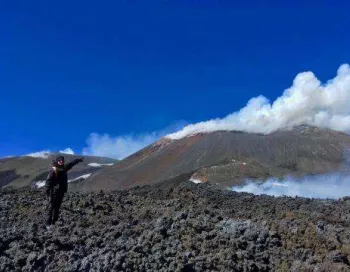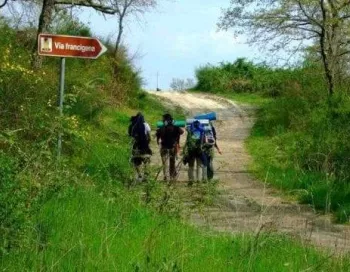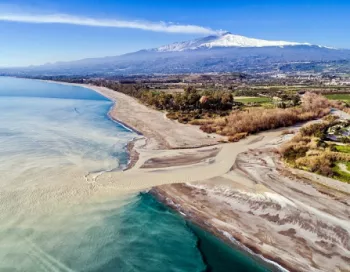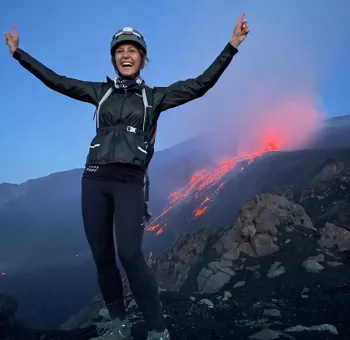Along the Agrigento-Palermo axis passes the "Magna Via Francigena", used by severals pilgrims and travelers since the Byzantine era. A kind of sicilian "Route of Santiago de Compostela", 160 km long trail that connects Palermo and Agrigento, through ancient historic streets and changing landscapes, crossing the path of transhumance in the territory of Castronovo di Sicilia. After centuries of neglect, the Archbishop's Curia of Agrigento has approved the recovery project of the path, and start promoting this fascinating journey that will allow tourists and travelers, venturing to explore the inland of Sicily and its rural pearls. In June, the inaugural journey of the "Magna Via Francigena", preceded by several "premieres" promoted by environmental guides who will take around walkers and treks lovers. "Only slow walking can allows people to discover the true beauty - said by the Cardinal Francesco Montenegro, Archbishop of Agrigento - The pilgrim in fact has a different look, 'more', that many tourists: pilgrim owns the sky.
The "Magna Via Francigena" allowed, originally, the connection of the majors ports with the centers of the most importants cities like Palermo, as a reference for the Catalan and Aragonese of Spain and mainland of Italy. Mazara del Vallo and Agrigento for North Africa, Messina for the Central, the East and the Holy Land. A Norman Diploma of 1096, written in greek reads "Ten odon, ten megalen ten Fragkikon tou Kastronobou", an indication that we find in Latin few decades later as "magna via Francigena castronobi": a Latin translation ordered by the Empress regent Constance d'Altavilla, mother of the future Emperor Frederick II of Swabia and Sicily. So the Normans have established, in their documents, the name of this way as the 'French way' called 'francigenam' while 'magnam' importance and greatness.
Along the entire route there are many places of hospitality that have been mapped and easily identifiable on the official website of the "Magna Via Francigena" you can also download the mobile app in order to consult any time the guide and know more about history and culture of the places of the stopping points.
www.magnaviafrancigena.it





